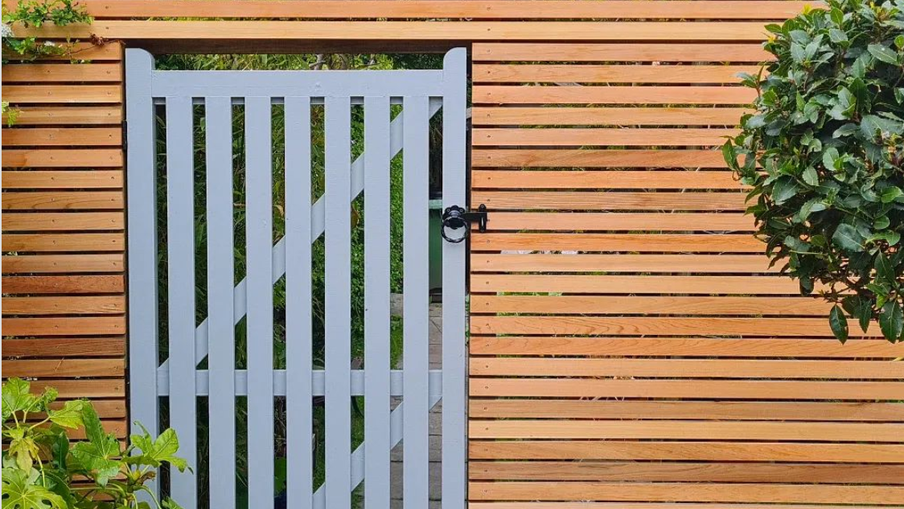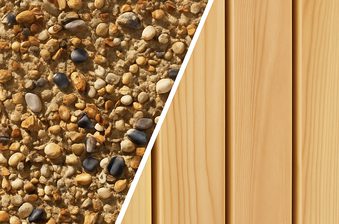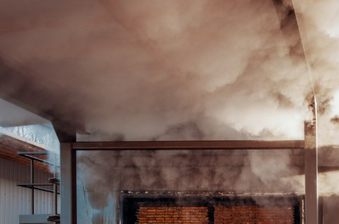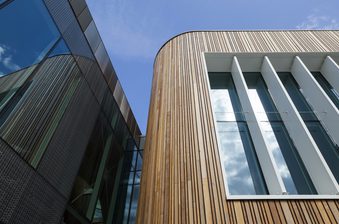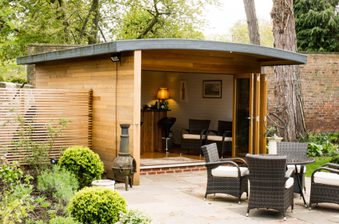Western Red Cedar and Alaskan Yellow Cedar are both time-honoured, go-to choices for cladding, fencing and decking projects.
These two durable species share some striking similarities — perhaps most obviously, in their common names — but also some distinct differences! Let’s break things down.
Western Red Cedar vs. Alaskan Yellow Cedar: The Key Differences
Western Red Cedar boasts an alluring reddish-brown colour, whilst Alaskan Yellow Cedar has a versatile, clean pale yellow tone. Both species have similar applications as a result of their excellent outdoor durability, but Alaskan Yellow Cedar is more scratch resistant than Western Red Cedar and typically comes in at a lower price point.
Appearance
Western Red Cedar is an eternally popular wood species as a result of its attractive, warm reddish-brown colour, with stunning variation often including streaks of salmon pink, dark red and dark brown. A rich, inviting and characterful colour that is a perennial favourite of designers, architects and home improvers.
Alaskan Yellow Cedar, on the other hand, displays a uniform pale yellow-white colour with a typically straight grain. It can provide an airy, clean and versatile backdrop when used for any outdoor space, perhaps where a touch of elegance is required. Once treated with a suitable stain — such as Owatrol Textrol HES (Cedar) — it can look very similar to Western Red Cedar.
In fact, many choose Alaskan Yellow Cedar because of its relative cost effectiveness before finishing it to imitate the hugely popular look of Western Red Cedar.
Over time, if left untreated with a UV protectant stain, over time both of these species will weather to a silvery-grey colour. This might not necessarily be a bad thing — ‘weathered look’ rustic grey cladding is certainly on trend at the moment.
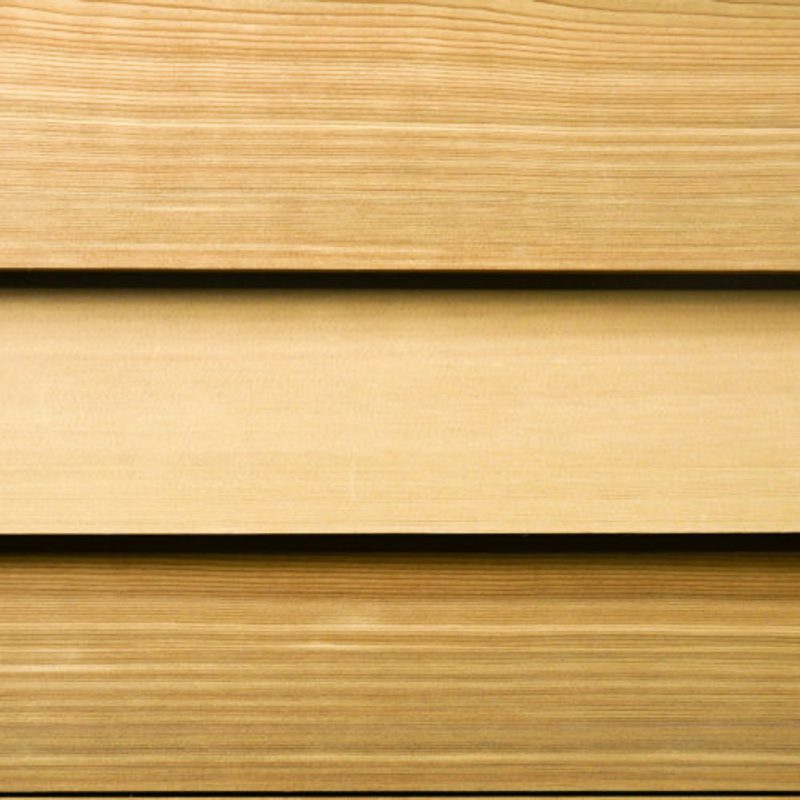



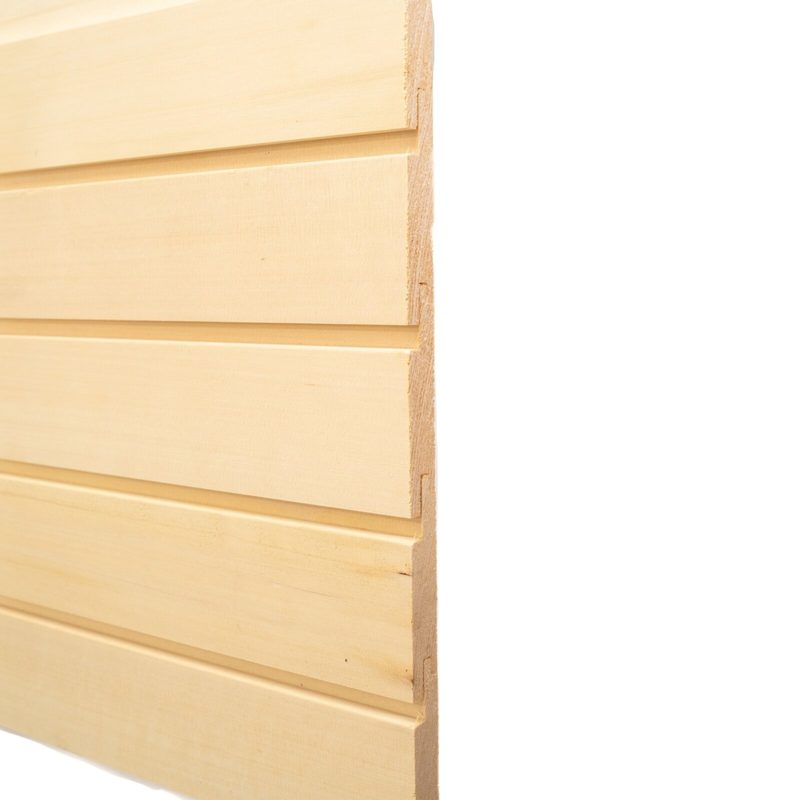
Properties & durability
Alaskan Yellow and Western Red Cedar are very durable, possessing excellent natural resistance to insect and fungal attack. Both are also very dimensionally stable and resilient to changes in moisture. This prevents swelling, shrinking and warping.
That’s in addition to working well, and as they’re pitch and resin free, both types of wood take stains, oils and treatments exceptionally well. Because they’re both so durable, they are relatively low maintenance species.
Alaskan Yellow Cedar is exceptionally dense, particularly so for a softwood — more so than the relatively lightweight Western Red Cedar — providing it with excellent scratch and impact resistance.
Alaskan Yellow Cedar and Western Red Cedar are both native to the coastal areas of the Pacific Northwest and belong to the same scientific tree family (Cupressaceae), better known as the cypress family.
Interestingly, Western Red and Alaskan Yellow are often labelled as ‘false’ cedars; they’re not technically classified in the Cedrus (cedar) genus. They’re actually cypress trees given the common name ‘cedar’ because of their similar appearance, aroma and geographic distribution to ‘true’ cedars. But we digress!
Great for a contemporary, warm finish: Western Red Cedar slatted fencing in a narrow 18 x 45mm profile.
Uses
As they possess excellent physical attributes and outdoor durability, both of these types of wood share many of the same exterior applications — Alaskan Yellow Cedar and Western Red Cedar are popularly used for cladding, fencing and decking projects (residential and commercial). Both are also popular for garden features and landscaping, as well as interior cladding.
Alaskan Yellow Cedar’s superior density can make it more suitable for projects where knocks and abrasions may occur, such as high-traffic decking, stairs and outdoor furniture. More niche uses for Alaskan Yellow Cedar include carving, musical instruments and boatbuilding.
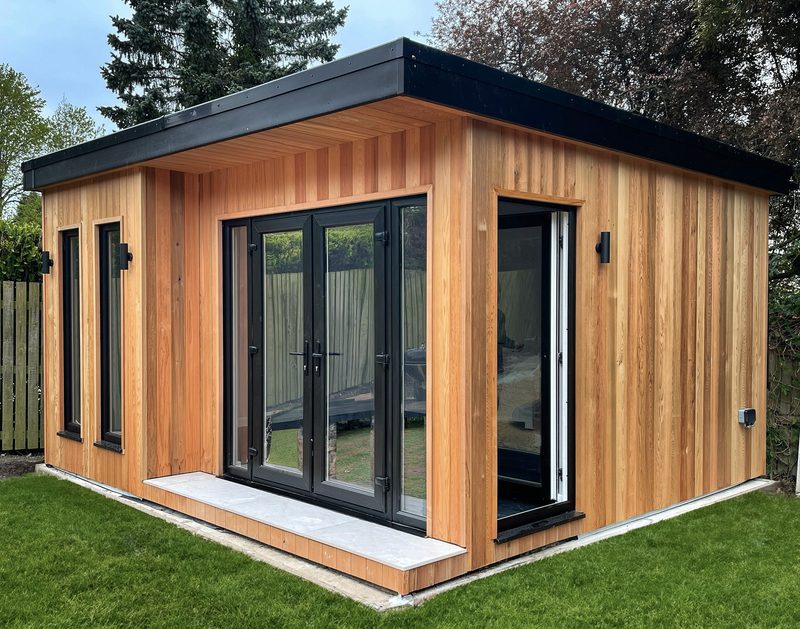
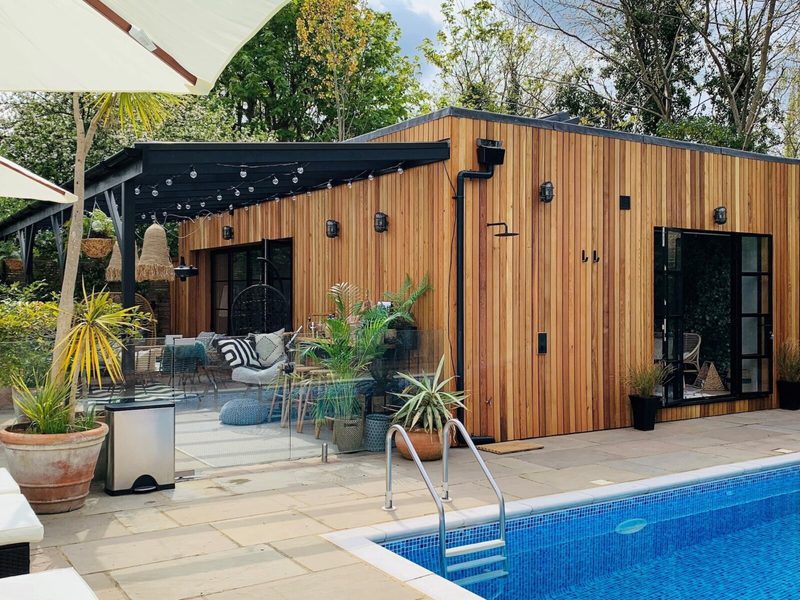
Western Red Cedar cladding in our DTC14 shadow gap and secret nail profile: popular for creating a stylish, designer outdoor space.
Cost
Because its reddish-brown hues are undeniably stunning and more relatively well known, projects undertaken with Western Red Cedar typically come in at a higher cost than those completed with Alaskan Yellow Cedar.
To give you an idea of the difference, let’s say you’re working on a small garden room (dimensions: 3.8 length x 2.4m width, 2.2m height). To clad all walls in our ever-popular DTC2 V-groove cladding profile (and to allow for an 8’ bifold door), you’ll need in the region of 22m² of cladding. When allowing for a small amount of waste on top, the total required would be 24m² .
In Western Red Cedar, this will set you back approximately £1940 + VAT (£80 per m²). The equivalent in Alaskan Yellow Cedar is around £1,450 + VAT (£60 per m²). For those working to a tighter budget, that’s a handy saving — especially considering you can stain your Yellow Cedar to very closely resemble Western Red Cedar.
When it comes to fencing, you’ll be paying around £2.40 per linear metre for some stylish Alaskan Yellow Cedar slatted fencing. The equivalent in Western Red Cedar currently fetches approximately £3.50.
Note that prices are correct as of September 2022 and can fluctuate.
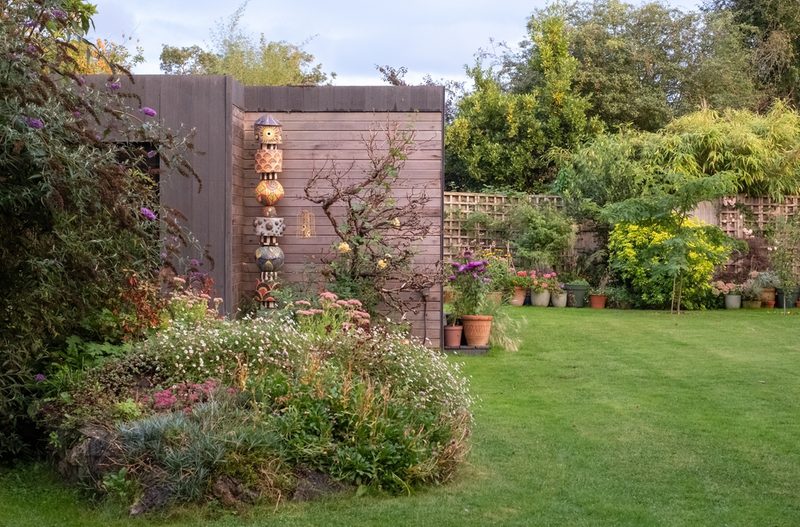
Aroma
Not that this will likely factor into your decision making to a large extent, but Western Red Cedar is also famed for its sweet, citrusy scent. This aroma can linger for some time before gradually dissipating.
Alaskan Yellow Cedar’s scent doesn’t last quite so long. It’s often described as like raw potatoes — perhaps not as pleasant as Western Red Cedar — but if you’re not a big fan, you won’t have to deal with it for too long, especially if you apply a nice finish.
So, will it be Western Red or Alaskan Yellow?
With remarkable physical properties, both woods are excellent for exterior use. Your choice between Western Red Cedar and Alaskan Yellow Cedar will probably boil down to your budgets and your visual preference (bearing in mind that Alaskan Yellow Cedar can be stained to closely resemble Western Red, of course).
We stock cladding, fencing and decking in both of these beautiful, durable timber species — as well as many more quality hardwoods and clear grade softwoods from across the world! All of our timber cladding is machined to profile on site from kiln dried stock.
When you enquire, you’ll be assigned a project handler. They’ll be with you throughout the delivery of your entire project, addressing any queries, questions and pain points along the way.
To get started, drop us a message using the button below. Alternatively, you can reach us through our website contact page, by phoning 01765 640 564 or by emailing sales@duffieldtimber.com.
